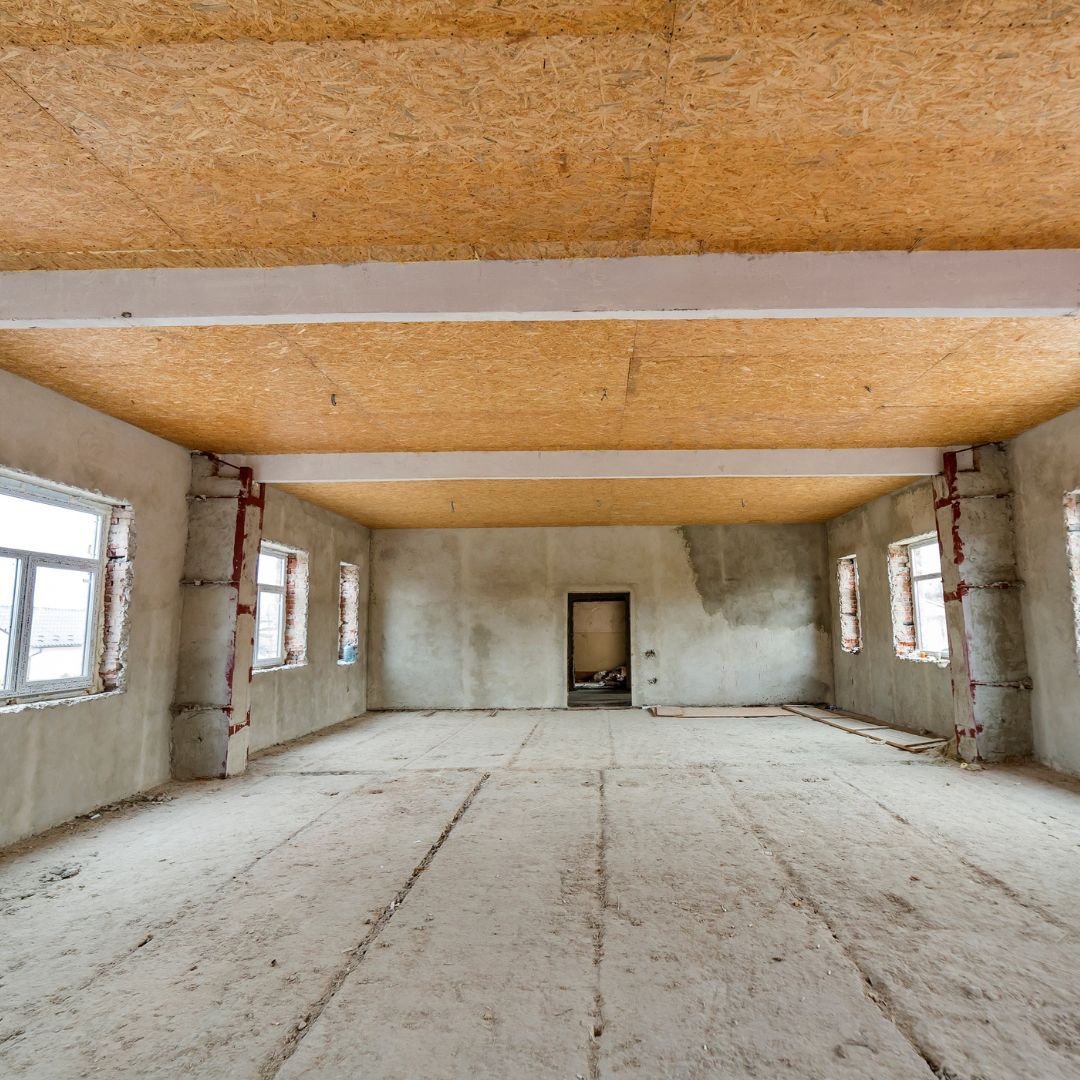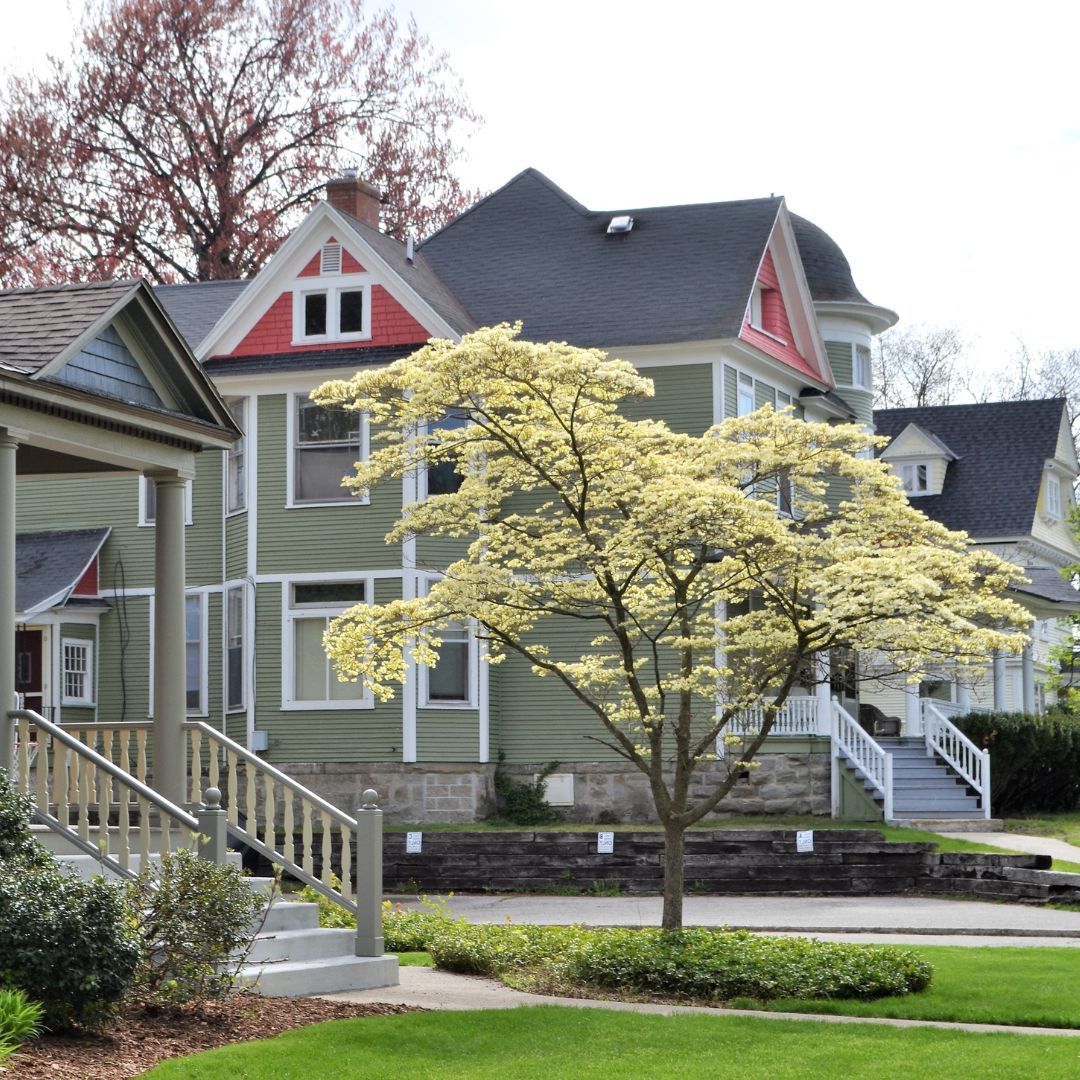Prevent Water Damage During Rainy Season
See How We're Different
or call us: 303-834-1001
With rainy season in full swing, preventing water damage is a real concern and you need to be prepared.
Did you know May is the rainiest month here in Colorado? Because of the recent local wildfires, the rain is a welcome sight. That is, unless all that extra water ends up causing damage to your home.
Basements are especially prone to water damage and it’s estimated that 98% of basements in the U.S. will have some type of water damage during their lifetime. If it happens to your home, you could face large repair costs or a decline in indoor air quality associated with mold and mildew.
To prevent water damage in your home:
- Check your foundation for leaks by looking for cracks, moist drywall or water spots
- Seal your windows and make sure doorways are fitted tight to the frame
- Keep your gutters clear of debris, direct downspouts away from the house, and make sure the landscaping around your home is sloped so any water will flow away from the foundation
- Test your sump pump to make sure it is working correctly. Install a battery powered back up in case of a power outage and use an alarm system to detect water in your basement.
- Store your items in plastic containers in the basement, and keep them at least one foot off the ground if possible
How do you know what’s covered by your insurance policy?
The first step is to understand the difference between flooding and water backup.
Most homeowner’s policies include some coverage for water backup damage. Water backup occurs when water or water-borne materials back up into your home. This can come from sewers, drains, a sump pump, or related equipment.
Most homeowner’s policies don’t cover flood damage. Flooding occurs when water enters a home through windows, doors, window wells, or cracks in the foundation. This can be caused by an overflow of rivers or lakes, melting snow, or even excessive rainfall.
Contact us to make sure you have the proper coverage and to discuss higher limits for water backup. If you live in a flood zone or have concerns about flood damage, we can make sure you have the proper flood insurance coverage.
What are the lesser known signs of water damage?
When you see several inches of water on the floor, it’s obvious that something’s wrong but some clues can be easier to miss. These are common signs of basement water damage that may not be as noticeable:
- Single or networked cracks in walls and floors
- Flakes of cement spalling from surfaces
- Efflorescence deposits accumulating on walls
- Crumbled or rotted wood, drywall and plaster
- Yellow- or brown-tinted discoloration on surfaces
- Water coming into the basement where walls meet floors
- Pervasive, unpleasant smells especially around drains
- Mold growth and stains on porous materials and furnishings
Many of these signs aren’t obvious so it’s a great idea to make downstairs inspections a part of your home maintenance routine. This strategy helps you stay ahead of basement moisture problems before they get worse.
Whether your home is threatened by flooding or water backup this spring, take these precautions so you can kick back, relax, and enjoy the season without the worry of water damage.
The post Prevent Water Damage During Rainy Season appeared first on Pure Risk Advisors.













